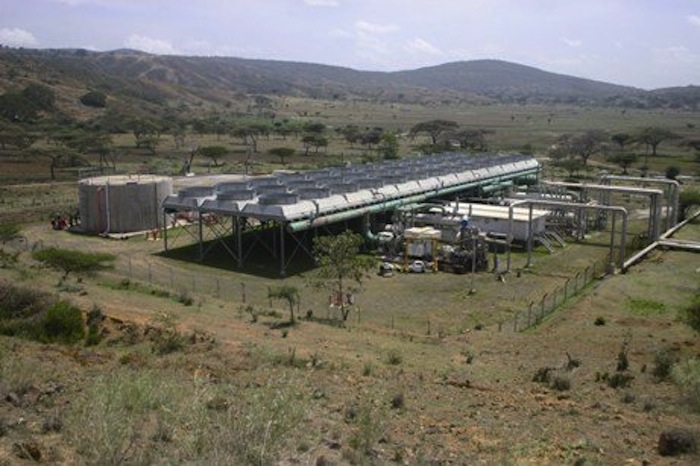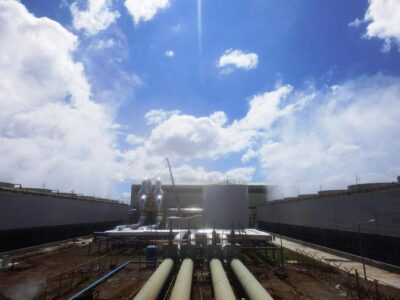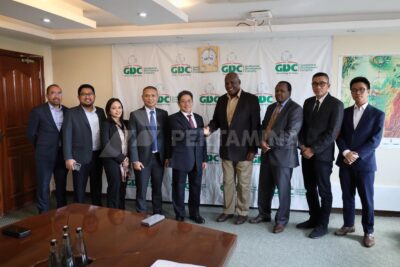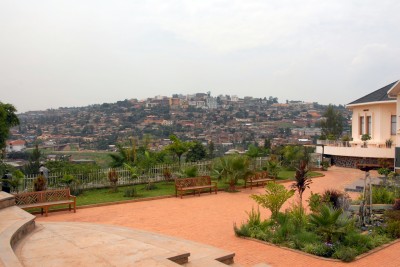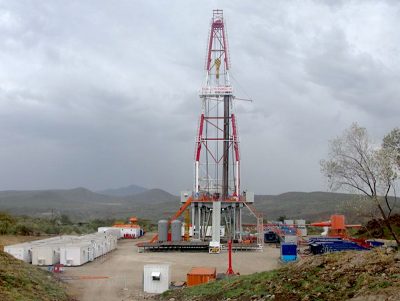Proposed Feed-in-Tariff to help spur private development by IPP in Ethiopia
A new feed-in-tariff scheme is proposed for the country of Ethiopia. The aim is to spur interest by the private sector to develop renewable energy power projects in the country.
The “recently drafted Energy and Feed-in Tariff Proclamation, which allows the private sector to supply power to the national grid system, is to be tabled to the Council of Ministers in Ethiopia in October, 2011.”
While the draft, according to this article, does not specifically mentions geothermal, it clearly should and might be part of the scheme.
“The drafted bill prepared by the Ethiopian Electric Agency (EEA), has been submitted to the Ministry of Water and Energy (MoWE), which is accountable for the agency, contributing final comments before the draft is presented to the council.
Before sending the draft to MoWE, the agency conducted a discussion with major stakeholders on the draft, including the Addis Abeba Chamber of Commerce and Sectoral Associations (AACCSA), experts from the Addis Abeba Institute of Technology (AAIT), and the Ethiopian Electric Power Corporation (EEPCo) in November, 2010.
The draft law sets the tariff rates for Independent Power Producers (IPP) who can generate electricity from different sources including, hydropower plants, biomass and wind power.
Out of the recommended tariff rates, the minimum tariff rate set for hydropower, stood at 0.08 dollars for generation of 100 kilowatts of electricity, while 0.10 dollars is the maximum tariff rate allotted for the generation of 500 kilowatts (kw) of electricity generated from biomass and wind power.
The tariff rate, however, declines by 0.05 dollars as the amount of power generated increases for hydropower and biomass electricity generation, while the tariff for electricity generated from wind power plants has a one dollar difference.
EEPCo will pay 5.50 dollars to a company which generates electricity ranging from 25,000KW to 40,000KW using hydroelectric sources, while paying 0.80 dollars for a producer which generates power within a range of 100KW and 500KW.
To date, the cooperation tariff at the household level is 0.042 dollars per kilowatt hour, while charging 0.004 dollars for commercial purposes, according to a comparative study of electricity tariffs used in Africa, conducted by Unions of Producers, Transporters and Distributors of Electrical Power in Africa (UPDEA).
To supply electricity, companies are required to sign a power sharing agreement with the buyer, EEPCo, which is also the grid system operator.
Setting a framework to engage private players in a sector where the EEPCo remains the sole player is encouraging, although electrical experts are not enthusiastic with tariff rates set by the drafted proclamation.
“The government should not expect many investors to invest in the sector, which demands heavy investment, because the tariff rates did not provide enough of an incentive,” an expert who is close to the matter.”
All in all this sounds interesting and with a potential of up to 5,000 MW from geothermal, a feed-in-tariff system could spur the necessary private interest.
Source: Addis Fortune
